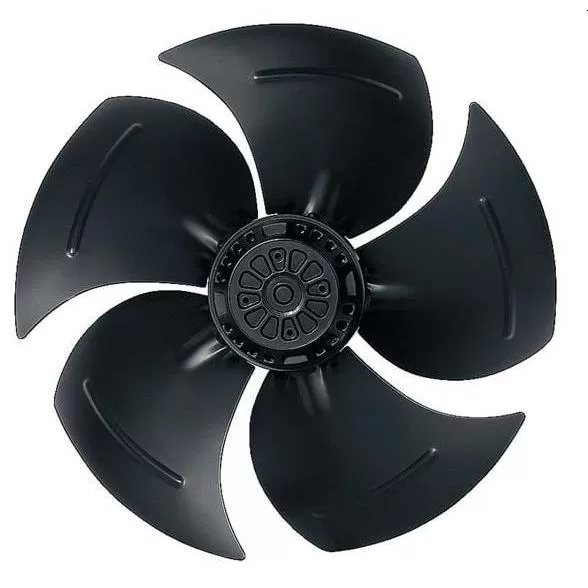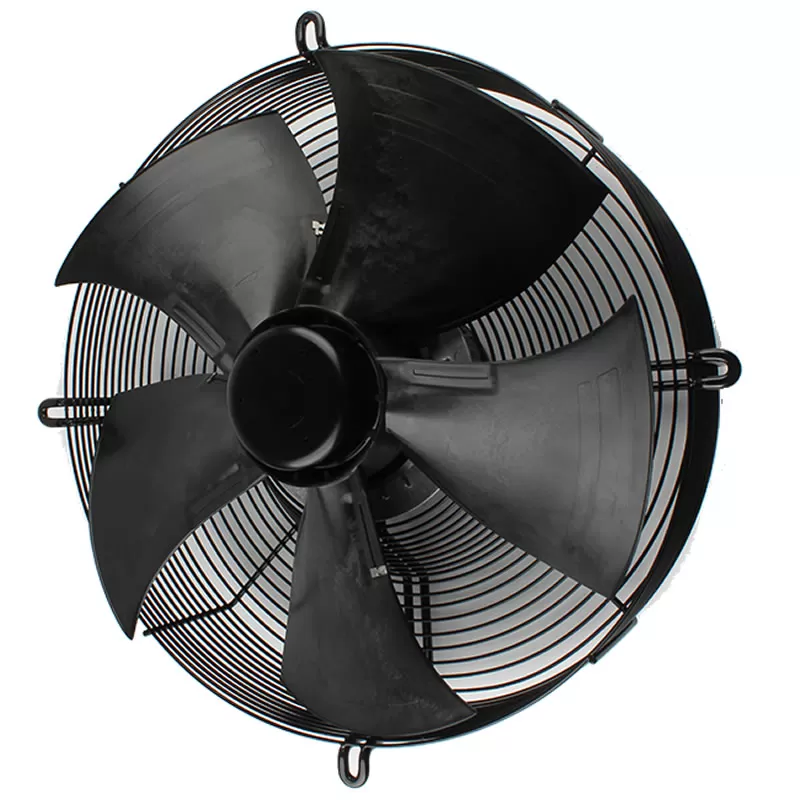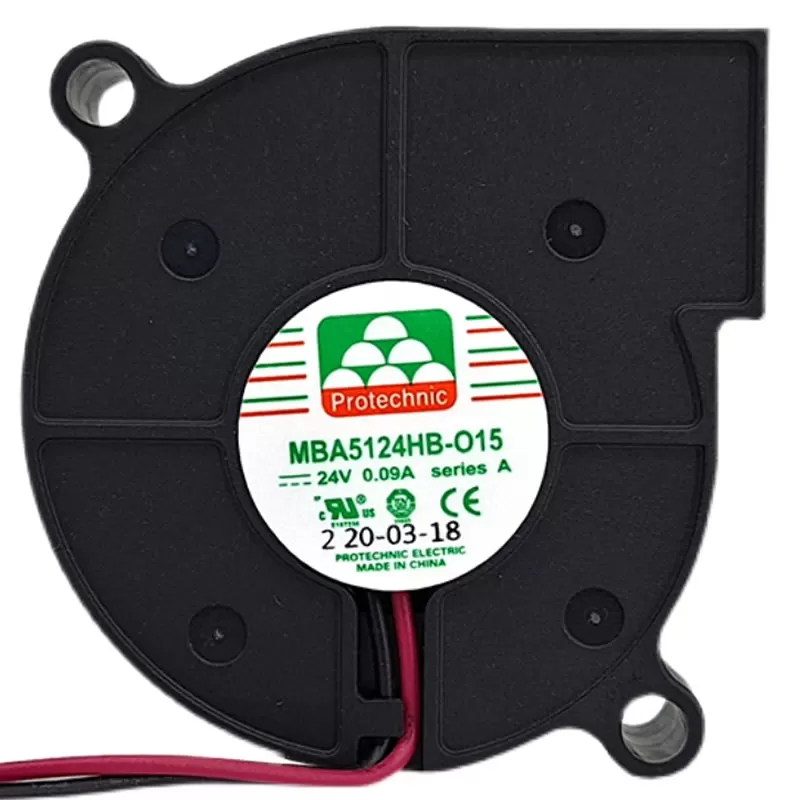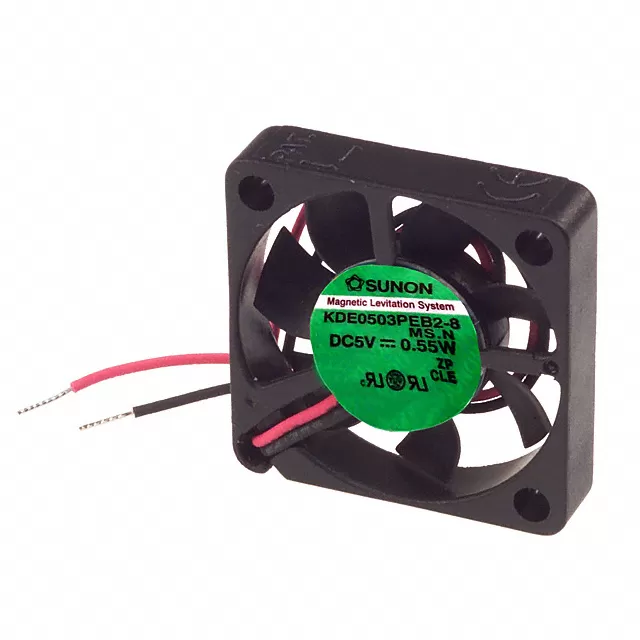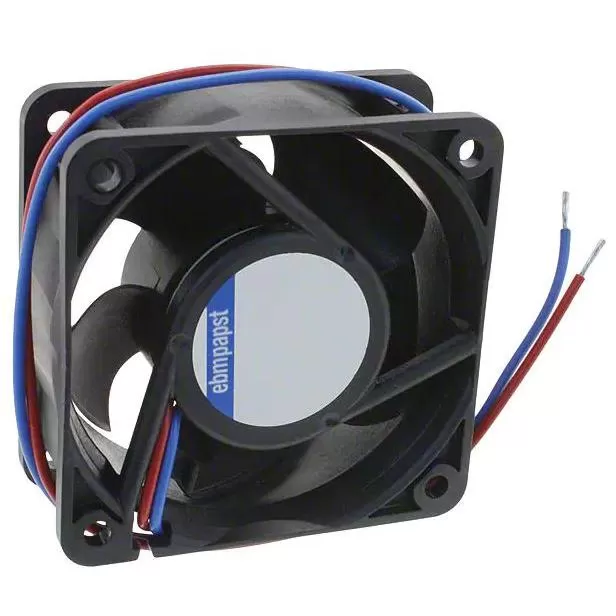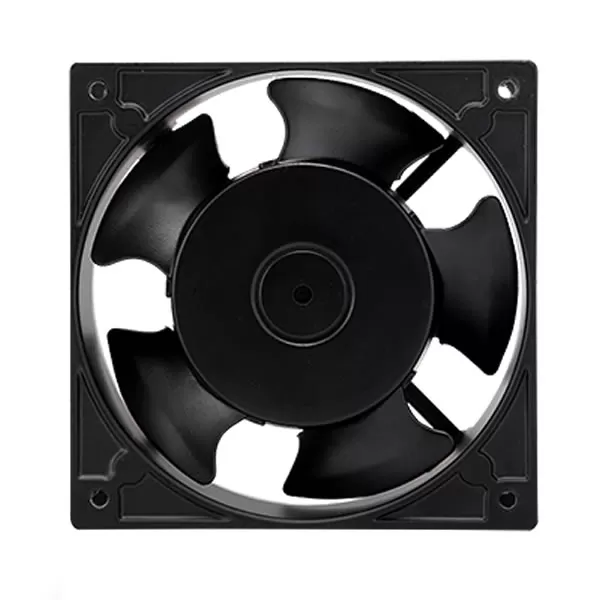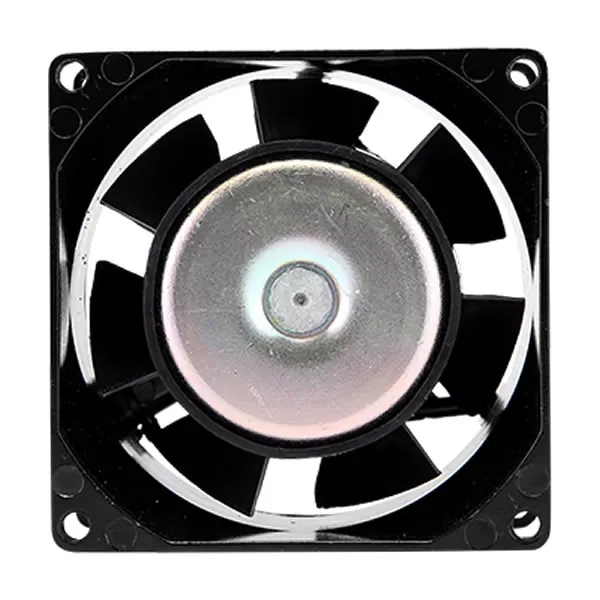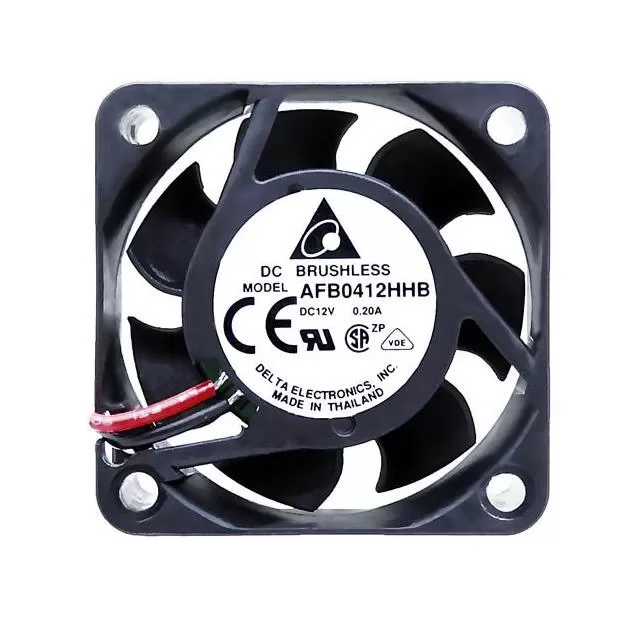Fans are an essential part of our daily lives, especially during the hot summer months. They provide us with a cool breeze and help to circulate air in a room, making it more comfortable and bearable. However, not all fans are created equal. There are two main types of fans, DC fans and AC fans, that differ in their functioning and features. In this article, we will explore the differences between DC fans and AC fans.
The first and most significant difference between DC fans and AC fans is the way they are powered. DC fans, as the name suggests, are powered by direct current, while AC fans are powered by alternating current. This fundamental difference in power supply is what sets these two types of fans apart.
DC fans are powered by a DC motor, which is a type of electric motor that operates on direct current. This means that the electricity flows in one direction from the power source to the fan, creating a constant flow of electric current. On the other hand, AC fans are powered by an AC motor, which operates on alternating current. This means that the electricity flows back and forth, changing direction many times a second.
The power supply also affects the speed of the fan. DC fans have a higher speed range compared to AC fans. This is because the speed of a DC fan is directly proportional to the voltage applied, while the speed of an AC fan is dependent on the frequency of the alternating current. In simpler terms, DC fans can achieve higher speeds because they have a constant and controllable power supply.
Another significant difference between DC fans and AC fans is their energy efficiency. DC fans are more energy-efficient compared to AC fans. This is because, in DC fans, the electricity does not have to be converted from AC to DC, which leads to energy loss. On the other hand, AC fans require an AC to DC converter, which leads to energy loss and makes them less efficient. This makes DC fans a more environmentally friendly and cost-effective option in the long run.
The motor technology used in DC fans also differs from that used in AC fans. DC fans use brushless DC motors, which are more efficient, durable, and have a longer lifespan compared to AC motors. AC fans, on the other hand, use brushed motors, which have brushes that make contact with the rotating part of the motor. These brushes cause friction and wear out over time, making AC fans less durable.
Noise level is another factor that sets DC fans and AC fans apart. DC fans are generally quieter compared to AC fans. This is because AC fans have a higher frequency, which produces a humming sound, while DC fans have a lower frequency, resulting in a quieter operation. If you are looking for a fan that will not disturb your peace, then DC fans are the better option.
Safety is also a crucial aspect to consider when comparing DC fans and AC fans. DC fans are considered safer compared to AC fans. This is because DC fans have lower voltage levels compared to AC fans. In case of an electrical fault, DC fans are less likely to cause harm to individuals or damage to property. AC fans, on the other hand, have higher voltage levels and can cause severe injuries or even fires in case of a malfunction.
Lastly, the design and features of DC fans and AC fans also differ. DC fans are more compact and can be powered by batteries, making them portable. They also have additional features such as speed control, timer, and remote control, making them more convenient to use. AC fans, on the other hand, are usually larger and need to be plugged into a power outlet. They also have fewer features and are not as portable as DC fans.
In conclusion, DC fans and AC fans may serve the same purpose of providing a cool breeze, but they have significant differences in their functioning, power supply, efficiency, noise level, safety, and features. DC fans have a more advanced technology, are more energy-efficient, quieter, and safer compared to AC fans. However, AC fans are still widely used and are more suitable for heavy-duty applications. Ultimately, the choice between DC fans and AC fans depends on personal preference and the specific needs of the user.
Fans are a common household appliance that is used to provide air circulation and cooling in various spaces. They come in different shapes, sizes, and types, but the two most common types of fans are DC fans and AC fans. Both of these fans serve the same purpose, but they have some distinct differences that set them apart from each other.
To understand the difference between DC fans and AC fans, we first need to understand what DC and AC mean. DC stands for direct current, while AC stands for alternating current. These terms refer to the type of electrical current that is used to power the fan. DC fans use direct current, while AC fans use alternating current.
The main difference between DC fans and AC fans lies in their motor and power supply. DC fans use brushless DC motors, while AC fans use induction motors.

